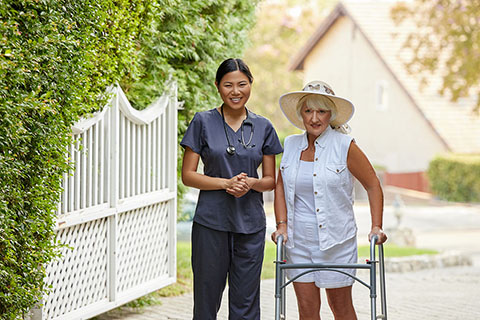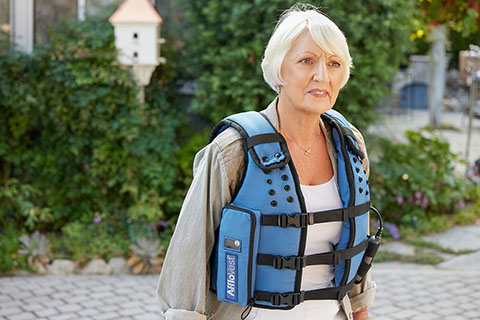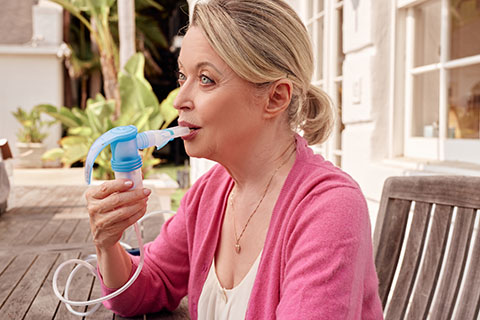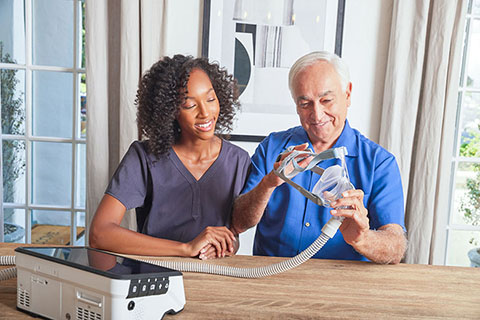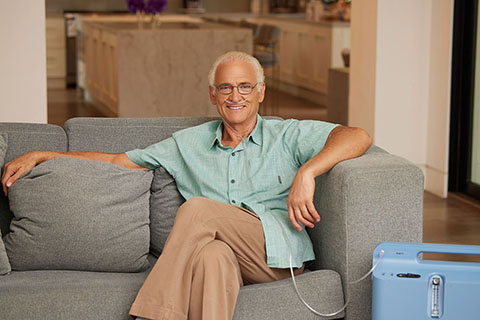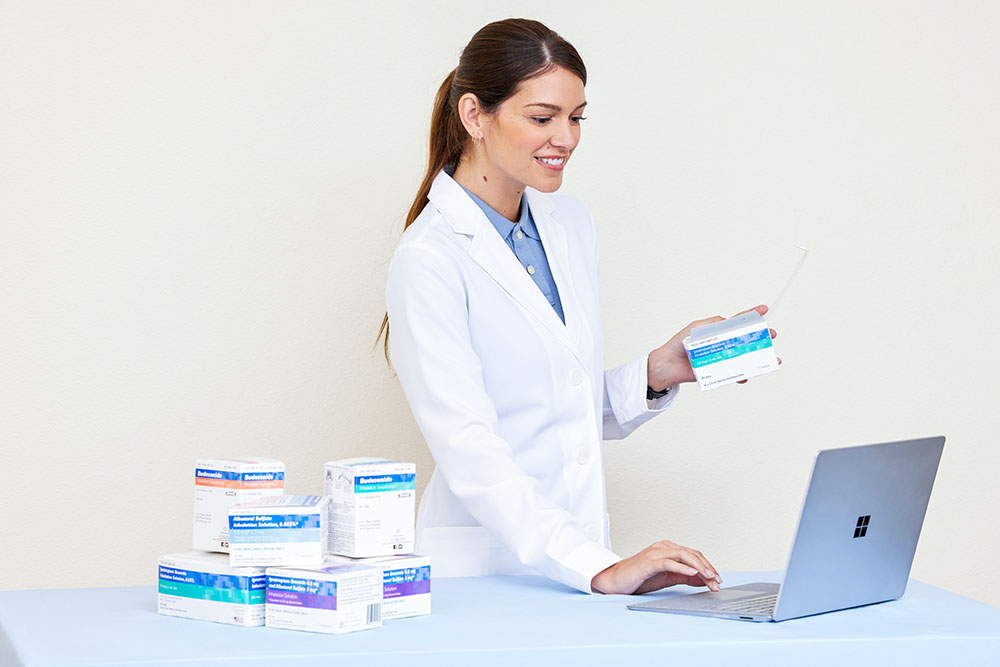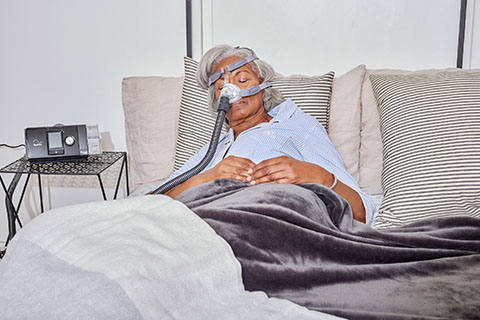
Getting Started

Starting With J&L®
Our intake specialists at J&L Medical Services will assist you with all of your Home Medical Equipment needs. We have a team of highly trained Customer Service Representatives that will guide you through the ordering process, request necessary medical documentation and review any financial responsibilities you may have for products ordered by your practitioner. Orders can be placed with J&L Medical Services by faxing us at 877-757-9935 or calling 866-757-4991.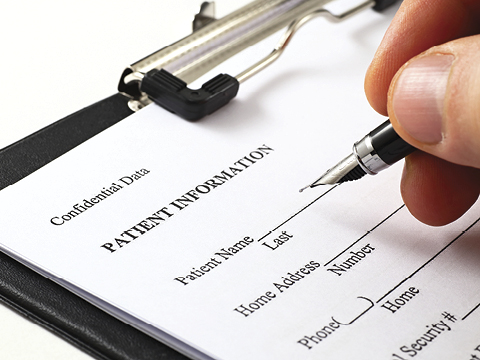
Patient Forms
For your convenience we have provided our medical professionals a list of patient forms to better assist you.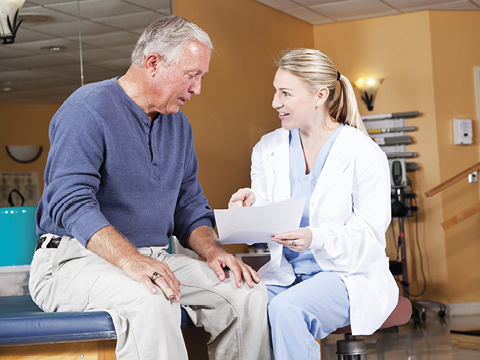
Billing
Our billing department consists of knowledgeable, professional office staff with state-of-the-art online billing systems for processing claims through most insurance providers within Connecticut and Massachusetts.
Our Services
Disclaimer: Certain services are offered through affiliated entities.
Contact J&L®
Loading...

